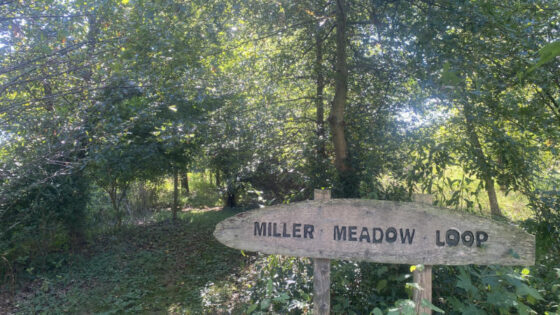Restoring forests along our streams and rivers is one of the most important steps we can take for clean water. Planting trees, however, is the easy part. Young seedlings face a variety of threats on floodplains that are also home to deer, rodents, invasive plants, and yes, flooding! The Robin L. Vannote Watershed Restoration Program at Stroud Water Research Center not only plants hundreds of acres of forest buffers, we also assist landowners in caring for these trees to ensure high survival rates and healthy trees.
Lamonte Garber, watershed restoration coordinator for the Stroud Center, led one of the sites on the Streamside Care Workday as part of Lancaster Water Week 2019. He was joined by his group of approximately 15 volunteers to work on an Amish farm near Strasburg. Garber started off the morning with an overview of how trees impact streams and why they are necessary to maintain good stream health. Garber and his team then spent the rest of the morning planting trees, replacing broken stakes, assisting in tree shelter maintenance, and restaking trees following floods. The volunteers learned about the importance of riparian buffers while actively helping to maintain the existing buffers around a local stream.



